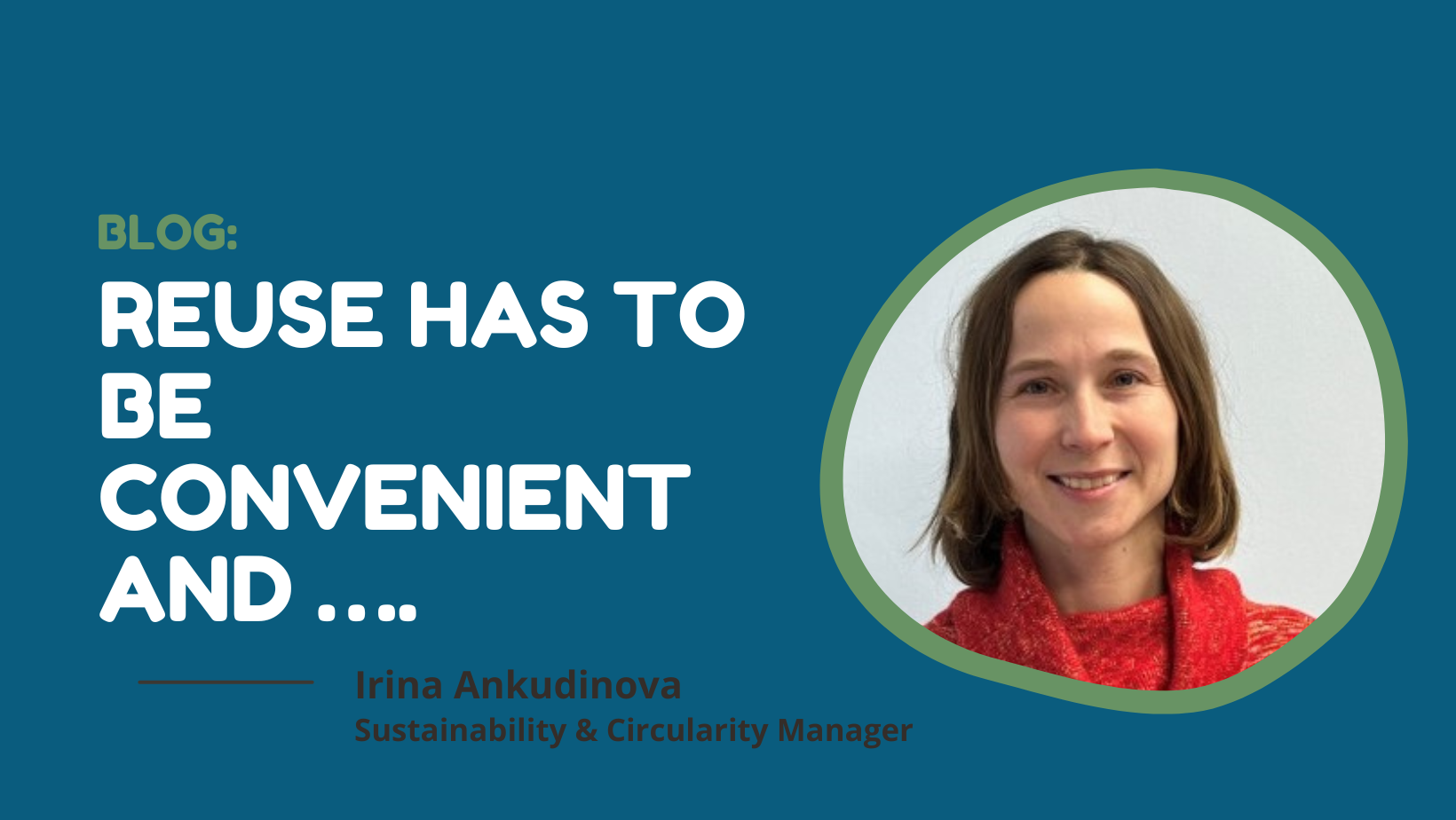Reuse Has To Be Convenient And …
 Over a year ago, my fruit and vegetable delivery service finally responded to customers’ requests, including mine. Since COVID times, the business has been asked to reuse delivery cardboard boxes. I asked for it through customer surveys and emails. I was not alone; it was in newsletters occasionally: “We know you want reuse, we are looking for ways to make it work.” And they did and offered to take cardboard boxes back for reuse. I could not be happier!
Over a year ago, my fruit and vegetable delivery service finally responded to customers’ requests, including mine. Since COVID times, the business has been asked to reuse delivery cardboard boxes. I asked for it through customer surveys and emails. I was not alone; it was in newsletters occasionally: “We know you want reuse, we are looking for ways to make it work.” And they did and offered to take cardboard boxes back for reuse. I could not be happier!
How many times have I returned the box for reuse since the box reuse scheme started?
Three times ☹. ( It’s a weekly delivery).
Is return too complicated? Not at all. All I am asked for is to carefully cut packaging tape instead of pulling it off, flatten the box, and leave it outside for collection the night before delivery.
Were boxes too damaged to be reused? No, most of the time, the box still looked new and was perfectly suitable for return.
What seemed like an easily achievable action for a dedicated reuser like me, in reality, required much effort.
Why?
Returning the box is only a tiny step different from the default behaviour – recycling. Instead of taking the box out with recycling, I needed to keep it until delivery day. But even this tiny step required some adjustment, not only from me but also from other household members.
Sometimes, the tape on the box was ripped instead of cut, making the box unsuitable for reuse.
Sometimes, the neatly prepared box was “helpfully” taken to recycling before I could leave it for collection.
Sometimes, the box fell victim to the weather while waiting to be collected.
 Sometimes, more creative family members magically transformed the box into a plane or Easter bunny.
Sometimes, more creative family members magically transformed the box into a plane or Easter bunny.
A good amount was repurposed for storage boxes for a cube unit. ( Note: Repurpose and reuse are different, so while repurpose is generally good, in the case of returnable packaging, repurposing takes the box out of circulation. This is not the best for reusable systems’ economic and environmental performance.)
And other times, I simply forgot!
Through my own example, it was fascinating to see what research has shown—that environmental behaviours such as reuse and recycling are not always value-driven. While it does help when it aligns with our green values, convenience also plays a big role. So does a habit. So does a social norm.
Habits take time to build, especially if you rewrite the previous habits: cut the tape instead of ripping it, put the box out before the delivery instead of taking it to the recycling bin right away. These small changes require additional mental effort until they become familiar and automatic.
Social norms have been shown to be a significant driver of recycling behaviour: most people recycle because it is what people around them do—their family, neighbours, and community.
It is accepted as the right thing to do.
After I decided to write this text, I returned almost every box (so it’s more than three now 😊). Surprisingly, the thought of someone reading about me not returning the boxes became the missing element for a new habit to stick.
That’s a great reminder in relation to the wider adoption of reuse systems: new habits need time (allow some time for the return rate to establish), and reuse needs to become the new norm!